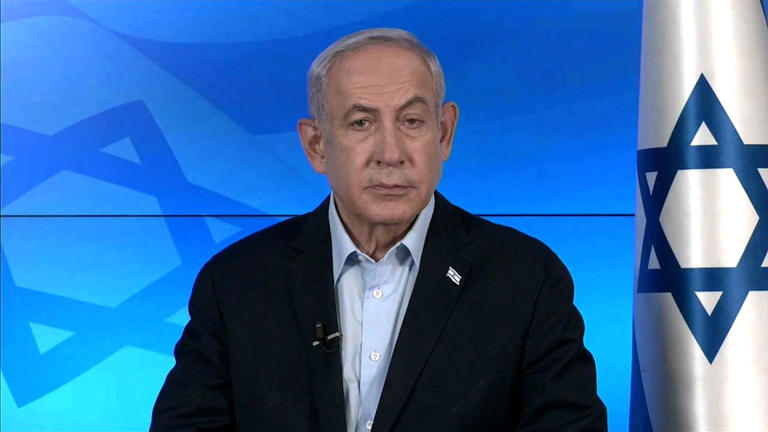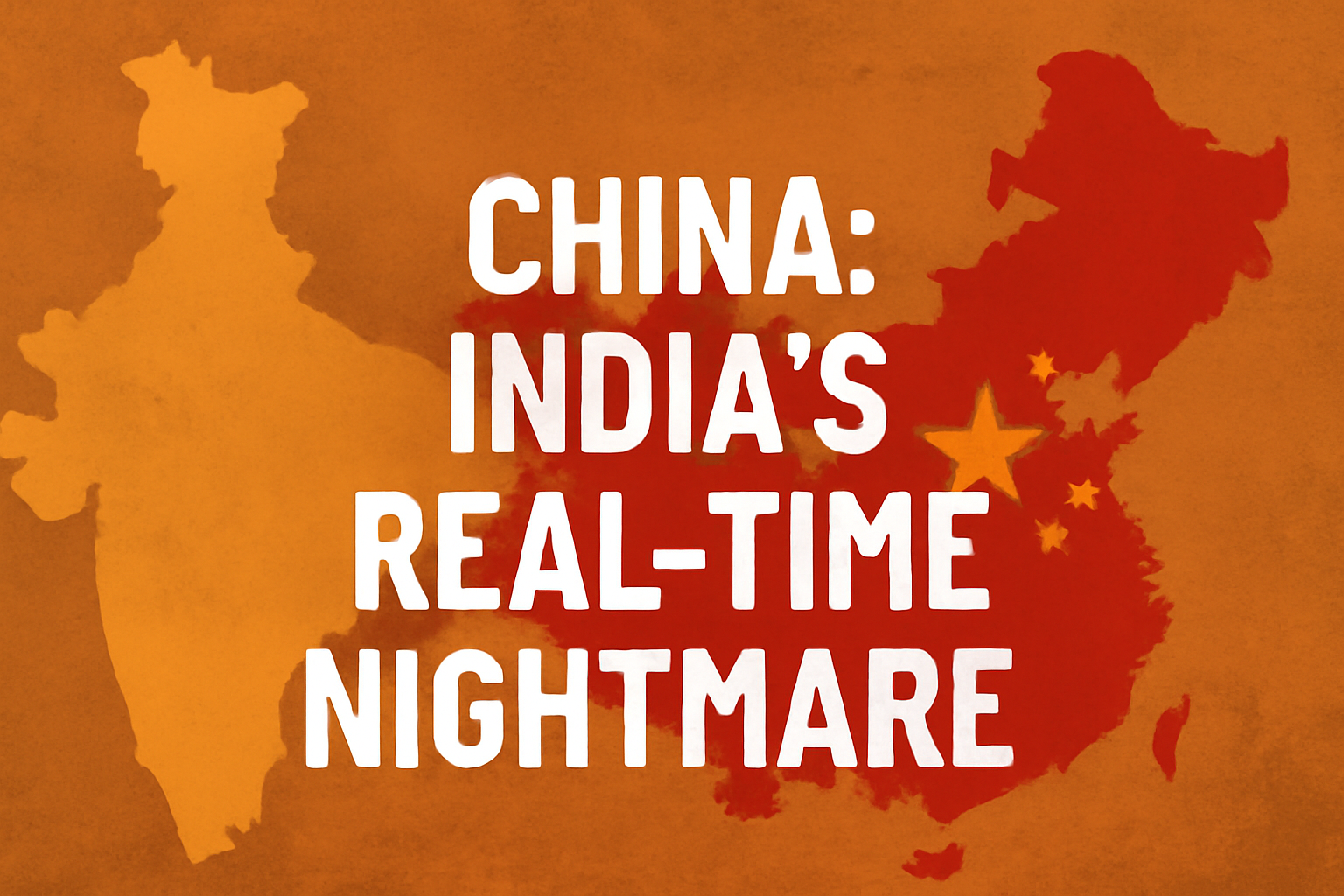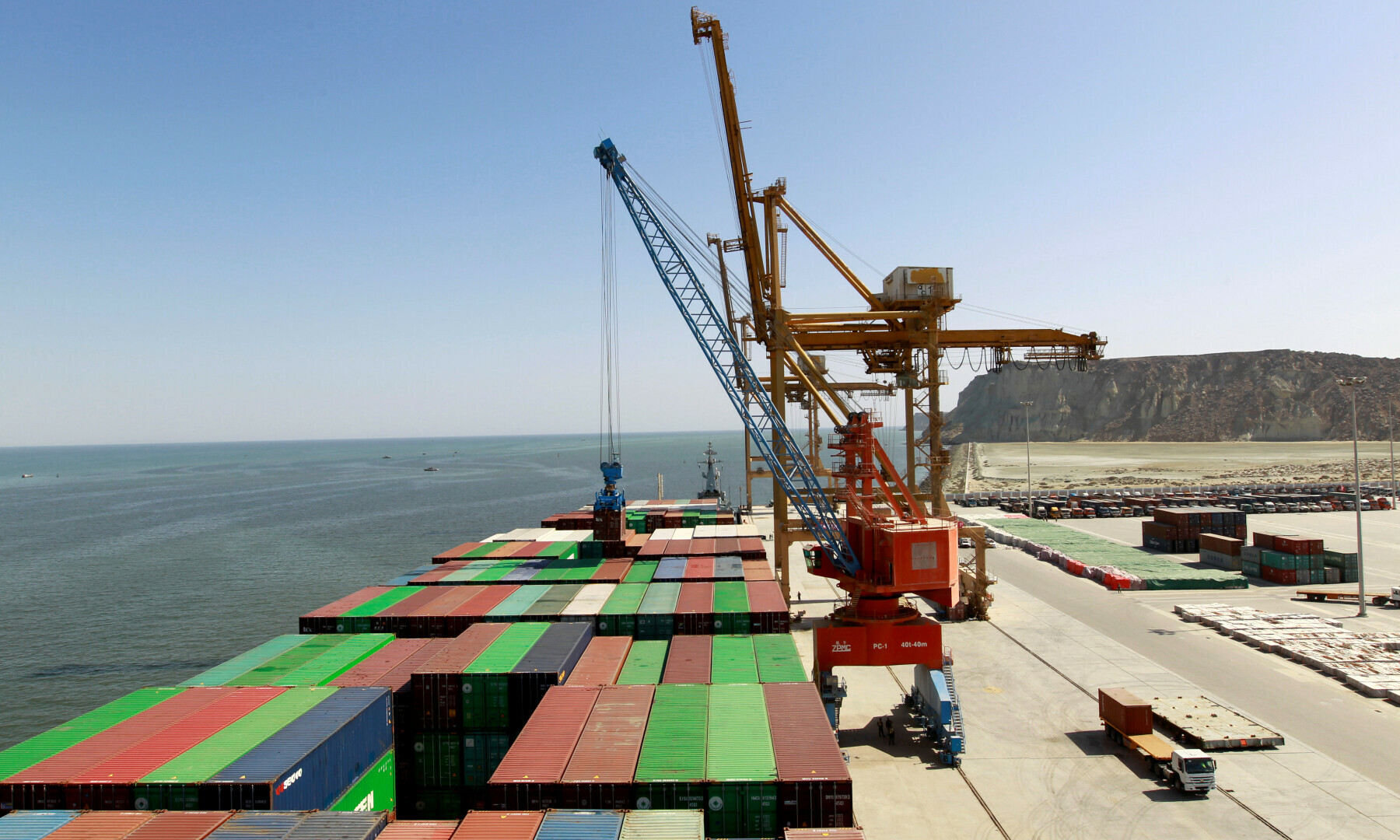Here’s a complete, step-by-step blog-style guideline to help you prepare for the upcoming Punjab Public Service Commission (PPSC) exam for the post of Sub‑Divisional Enforcement Officer (SDEO) under Punjab Enforcement & Regulatory Authority (PERA). If you’re aiming to clear this test, follow these sections carefully and tailor them to your situation in Lahore / Punjab, Pakistan
Despite repeated claims that he would avoid new wars, former U.S. President Donald Trump authorized a military strike on Iran’s nuclear facilities, dragging the United States into a direct confrontation with Iran—alongside Israel.
Targeting Fordow, Natanz, and Isfahan, the joint U.S.-Israeli operation marks a violation of the UN Charter and plunges the Middle East into dangerous new territory.
What happened: Early on June 13, Israel launched airstrikes across Iran—dubbed Operation Rising Lion—targeting nuclear, missile, and military sites in cities including Tehran, Natanz, Khorramabad, and Khondab
India’s geopolitical tension with China has never been a passing storm. It is a simmering, real-time nightmare that defines much of New Delhi’s foreign and defense policy. As Ram Udhav highlights in Uneasy Neighbours (2014), India’s paranoia is neither baseless nor new. It dates back to a prescient warning from Sardar Vallabhbhai Patel to Prime Minister Nehru in 1950: beneath China’s ideological expansion, lurk racial and imperial ambitions.
FC Barcelona has officially tied down one of the brightest stars in world football, Lamine Yamal, to a new six-year contract, extending his stay at Camp Nou until 2031. The deal marks a major step in securing the long-term future of the Catalan club as they rebuild under manager Hansi Flick.
Despite rising trade tensions and new US tariffs, America remains Pakistan’s top export destination. In 2024, Pakistan exported $5.4 billion worth of goods to the US, generating a trade surplus of $3.33 billion. But with former President Donald Trump’s return to the global trade stage and his administration’s sweeping reciprocal tariffs on over 60 countries — including Pakistan — the economic equation is changing fast. As a new policy committee forms in Pakistan to chart a response, there’s a clear need to rethink how the country positions itself in an increasingly protectionist trade landscape.
Artificial Intelligence isn’t just a new tool; it’s a force that is reshaping how we think, work, and learn. As philosopher Tobias Rees insightfully puts it, AI is not disruptive because it will outsmart us—it’s disruptive because it dissolves a boundary we once thought was unshakable: the distinction between human and machine. This realization is sending shockwaves through institutions, especially education, where the foundations of knowledge, assessment, and learning are being questioned. We are now in an AI moment—a turning point where urgent questions must be asked and honest answers must follow.
The ongoing conflict in Gaza has once again erupted into a devastating humanitarian crisis, deeply rooted in decades of political tensions and failed diplomacy. Recent developments during former U.S. President Donald Trump’s Middle East visit have added new dimensions to the crisis. As Israel intensifies its military campaign under the guise of “destroying Hamas once and for all,” the region is witnessing unprecedented levels of destruction, displacement, and international condemnation.
In a significant legal reversal, Pakistan’s Supreme Court has reinstated the military’s authority to try civilians, overturning its own 2023 decision that had deemed such trials unconstitutional. This move has sparked widespread concern among human rights advocates and legal experts, who view it as a regression in the country’s commitment to civil liberties and judicial independence. The decision revives a controversial law from the era of former military ruler Ayub Khan, raising questions about the future of civilian justice in Pakistan.
“Pakistan is making its biggest economic pivot since independence – betting its future on blockchain. With a new Crypto Council chaired by the Finance Minister, 2000MW allocated for mining, and advisors like Binance’s CZ, the nation aims to transform from a cash-based economy to a digital asset hub. The shock partnership with Trump-backed World Liberty Financial signals Pakistan’s serious intent to attract global crypto capital. But can this high-risk, high-reward strategy overcome energy shortages and regulatory hurdles? One thing’s clear: after decades of financial isolation, Pakistan is ready to mine its way into the Web3 revolution.”







